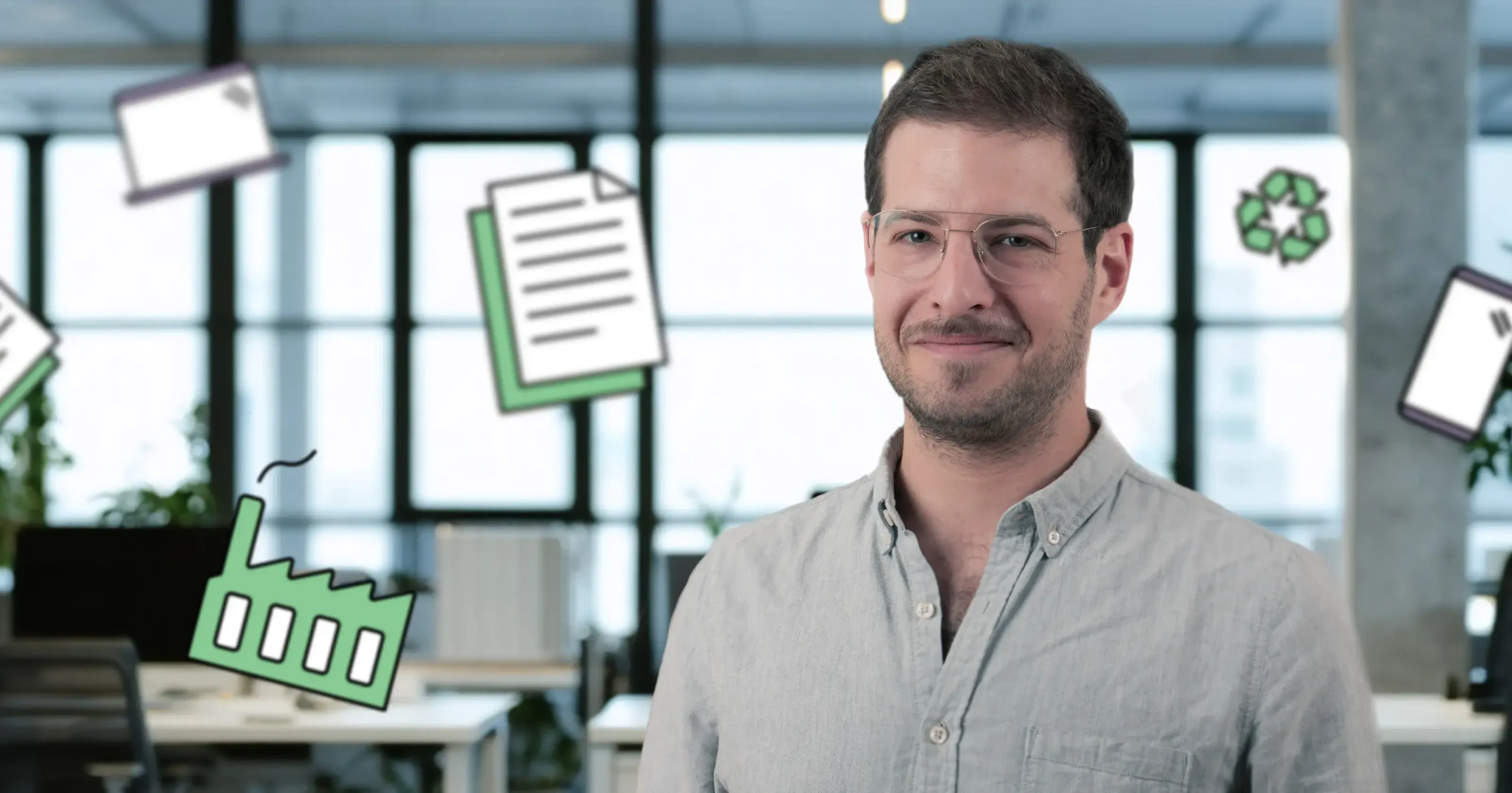Do you know what is in the products you buy? This simple question is one of the most complex issues facing buyers today. From t-shirts to technology, many routine purchases contain materials and chemical substances most people know very little about.
Electronics are no exception, product housings and circuit boards contain flame retardants for product safety, and added plasticizers help make cables flexible. Chemicals are also used in the manufacturing and assembly processes. The problem with these substances is that they come with human health and environmental hazards. Legislation has not done enough to increase transparency around risk or promote safer substitutions.
Only around 1 percent of all chemicals have been independently assessed for human health or environmental hazards. As the use of digital devices grows, an increase in e-waste follows. This leads to an escalation of substances with unknown effects, that may end up in the waste stream where they risk leaking out in the natural environment. Materials that contain unsafe or unknown chemicals are also more difficult to recover, reuse and recycle, which is important to save natural resources
While some hazardous substances have been phased out through legislation, too little is known about the substances replacing them. Regulatory development lags far behind where progress needs to be.
With TCO Certified, we drive a shift towards greater transparency and the use of safer alternatives. The goal is to drive faster progress toward chemical transparency by identifying safer, independently assessed substances that can be accepted for use in certified products. A list of these safer substitutions is publicly available and can be used by anyone, regardless of industry or product area.
The result is groundbreaking, the chemical industry which is known for being secretive about their products is now sharing information, not just public data but also information owned by the chemical manufacturer. Failing to do so leads to a business disadvantage when the chemical is not added to TCO Certified Accepted Substance List and cannot be used in certified products.
TCO Certified Accepted Substance List is helping brand owners make a more informed and proactive decision about the choice of chemicals in their products already at the design phase. Safer substances are made the mainstream choice, and the IT industry can take larger steps faster, which benefits human health and the wellbeing of our planet.
How it works
Since 2015, TCO Certified has incorporated the use of GreenScreen to provide a structured approach to evaluating human health and environmental safety data for a variety of chemical substances. Once a substance is assessed in accordance with these risks, the GreenScreen methodology assigns it to one of five possible benchmarks, based on the level of concern.
For compliance with TCO Certified, a chemical substance included in a certified product must achieve a GreenScreen score of Benchmark 2, 3, or 4. These safer alternatives are listed on the TCO Certified Accepted Substance List. Benchmark 1 is defined as a chemical of high concern and must be avoided. Benchmark-U means the minimum data requirements aren’t fulfilled in order to make an assessment.
With the TCO Certified Accepted Substance List, we aim to create more transparency, promote safer substances, and eliminate the use of substances with unknown or known hazardous properties in IT products. The list includes the official registered CAS numbers so that anyone may challenge the benchmarks with new information. All substances on the list have been reviewed and the benchmark score is set by independent Licensed GreenScreen Profilers.
Make it easy, cite TCO Certified in your IT procurement policies and specifications when sourcing computers and other IT hardware. You also have the option to quote or refer to the TCO Certified Accepted Substance List provided that the source is disclosed and the extent of the quotation is consistent with sound copyright practice.




